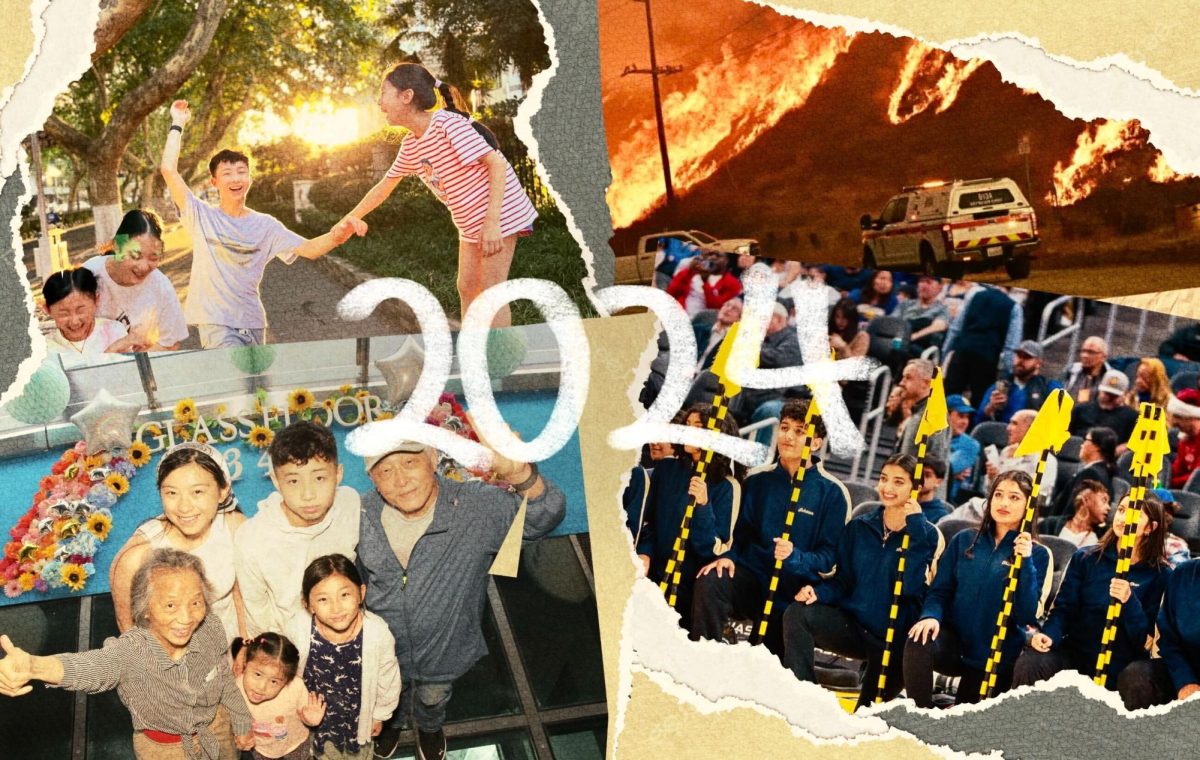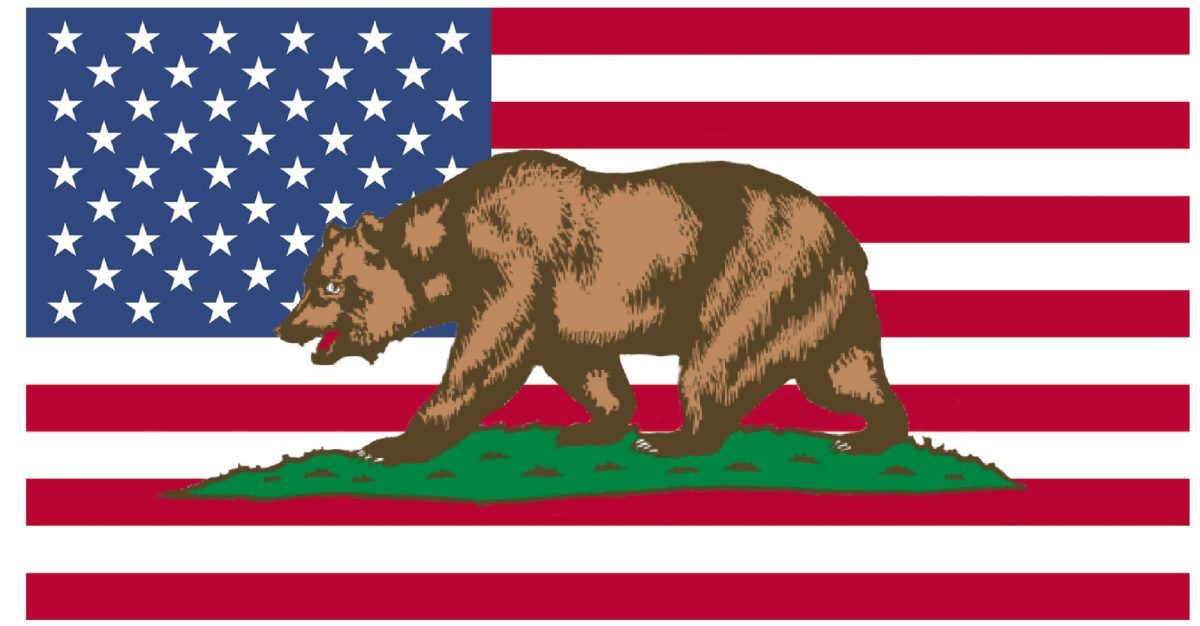Out for Safe Schools comes to MVHS
Exploring the impact of training staff to make safe spaces for LGBTQ+ students
English Teacher Mark Carpenter stands in front of an LGBTQ+ flag.
December 10, 2021
While researching different ways that the MVHS Gender and Sexuality Alliance Club could continue to promote awareness about the LGBTQ+ community over the summer, GSA advisor and literature teacher Mark Carpenter stumbled upon the Out for Safe Schools program. According to its website, Out for Safe Schools is meant to help decrease risk factors in the LGBTQIA+ youth community by “creating visible allies’’ and “allow LGBTQIA+ youth to thrive in safe and supportive school environments.”
With their interest piqued, Carpenter did further research and eventually reached out to the Santa Clara County Office of Education to start a pilot program, where Carpenter would attempt to get 30 staff members badged and work from there to grow the program.”
As of now, Carpenter says there are 29 teachers badged and a wait list of teachers who want to do the training. When teachers finish the 25 minute program about how to handle gender and sexuality situations in their classrooms, they receive a badge to identify them as a member of the Out for Safe Schools program.
Carpenter says that the program is useful especially for teachers who have never personally encountered questions about sexuality by providing them with vocabulary to facilitate conversations in a respectful way.

“If somebody who’s going through their life as a cisgender heterosexual person who’s never had these questions come up for them, I think [this program] can be [useful],” Carpenter said. “I had questions about my own gender and sexuality [and] for someone who took the defaults and ran with them, I think a lot of terminology can be intimidating because they don’t want to ask questions for fear of causing offense.”
Along with helping teachers foster an environment in which queer students are visible and accepted, junior and GSA president Annika Lee believes this program will help create cultural shifts in the student body as well.
“Monta Vista has a lot of straight people, and they have some unintentionally homphopic people,” Lee said. “I think the biggest thing is making sure that we’re visible — we’re here.”
Print center technician Paula Gaspar, who was a part of the pilot program, agrees with Carpenter that the training was “very knowledgeable and had really good information.” She explains that she was motivated to join the program because of her commitment to fostering inclusive environments.
“I have family and friends that are [out] and I wanted to make it safe for students to be able to speak to anybody that they need to, especially here,” Gaspar said. “So anything [I can do] that will help out a student, or even maybe a staff member — you never know.”
Lee emphasizes the importance of this program in letting students know that there is “someone who they could talk to about queer issues.” In conjunction with this program, Carpenter believes that LGBTQ+ focused curriculum, including reading “Aristotle and Dante Discover the Secrets of the Universe” in freshman Literature and Writing, the gender and sexuality unit in freshman Biology and additional lessons in Advisory are useful to MVHS students.
“That’s a foundation students are more open to asking each other questions, seeking to understand,” Carpenter said. “I’d love to see something like this as an Advisory for students and that’s something I might ask my contact at the county office about.”
Carpenter explains that the resources from OFSS and the synchronous awareness raised by LGBTQ+ curriculum helps build a foundation With the program’s pilot program nearing completion and staff members and students seeing the success, Carpenter says that he hopes to get all staff members badged.
“I want all staff on campus to get badged,” Carpenter said. “To show our students that regardless of where they come from, regardless of external factors of gender, sexuality, race, ethnicity, that they’ve got a teacher who’s going to try to meet them where they are, who’s going to try to understand that.”




























